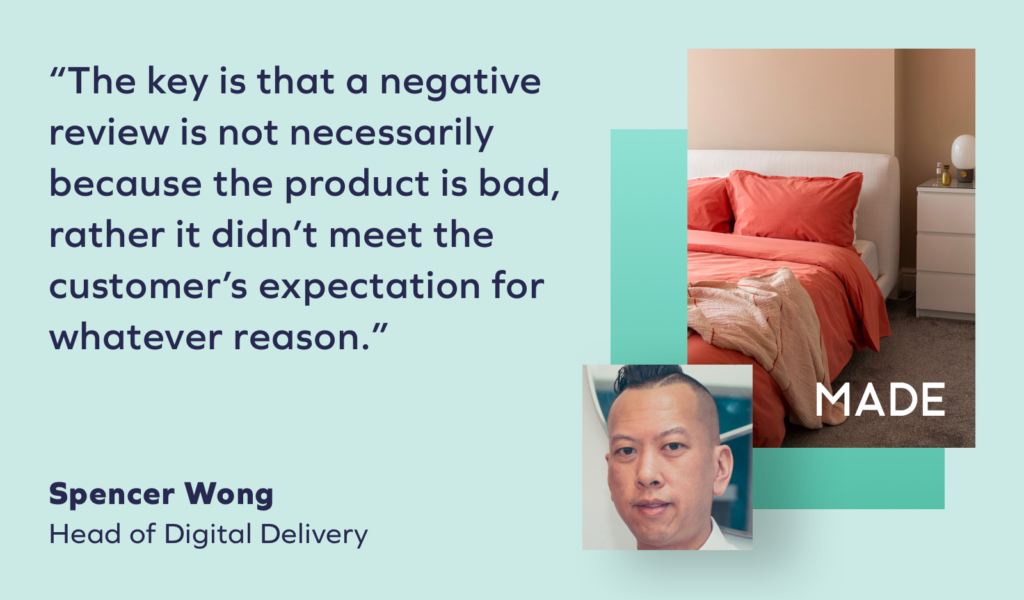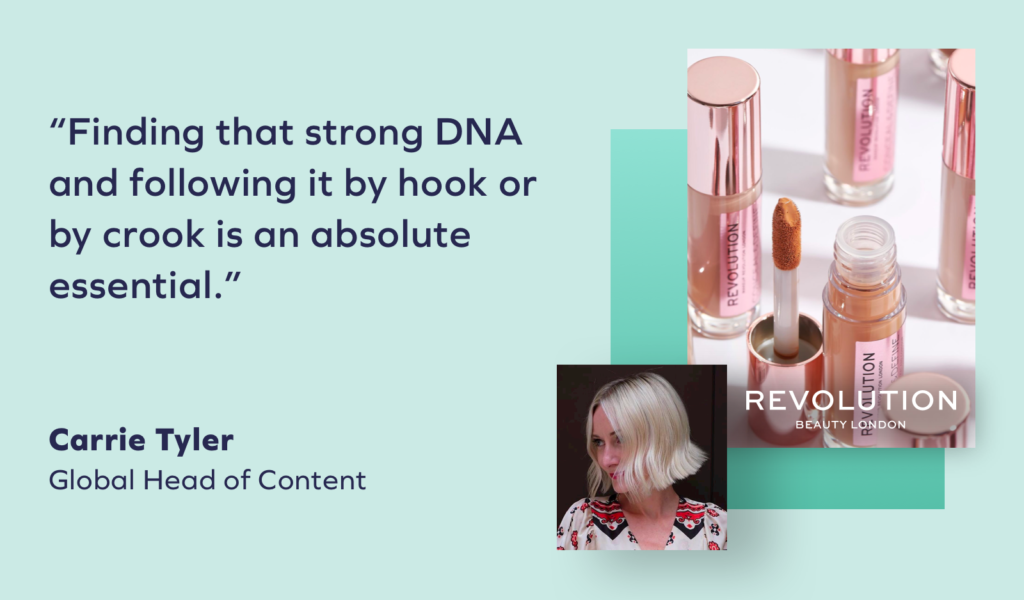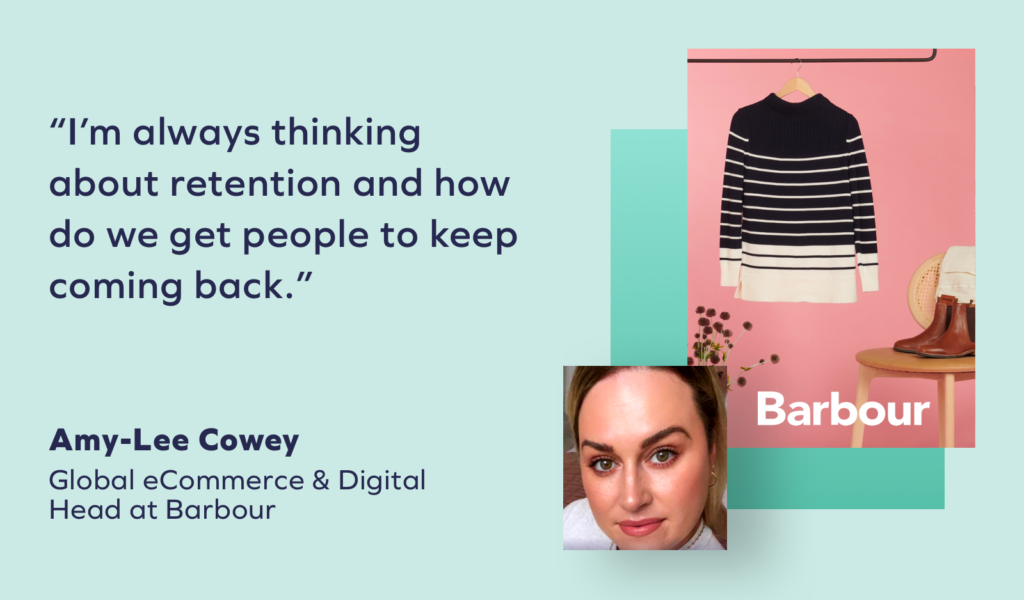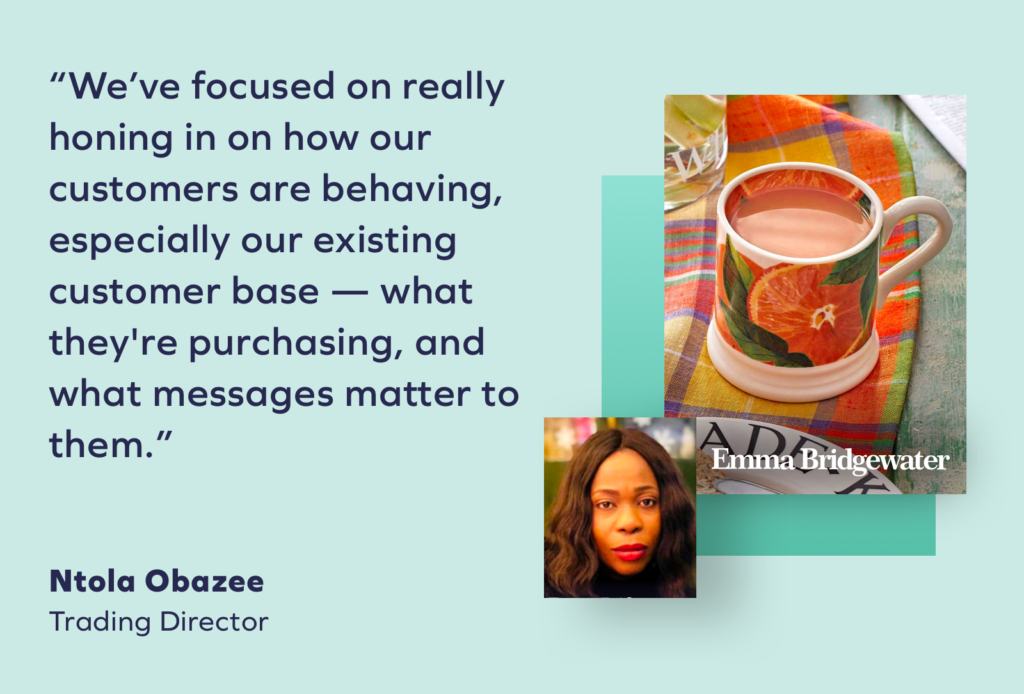With countless companies moving resources online, eCommerce is more competitive than ever. In order to acquire new customers, retain existing ones, and capitalise on the market momentum, brands have to stay on the offensive. Worldwide eCommerce sales grew more than 25% in 2020, and that upward trend is expected to continue.
How can you ensure your brand stands in a crowded market? Hear how four successful UK companies are thriving, and the strategies and tools that are propelling their growth.
MADE.com: There’s no reason to be afraid of negative reviews

Direct-to-consumer furniture brand MADE.com creates thoughtfully designed, timeless, and versatile furniture and homeware, working with designers from around the world. Though initially sceptical of publishing reviews online due to fears of displaying negative feedback, the brand used Yotpo Insights to aggregate and analyse customer sentiment, which helped them to refine everything from product development to the customer experience.
I think people wonder, ‘If I’ve gotten negative reviews, what’s that going to mean?’ But the key is that a negative review is not necessarily because the product is bad, rather it didn’t meet the customer’s expectation for whatever reason.
Somebody might give a lower score to a sofa because it’s quite firm, while someone else might expect and even want a firm sofa. So it’s actually perfectly fine and helpful for them to see that in the review. For a first-time customer, this makes sure they’re getting a better experience. In addition to aggregating the feedback from reviews, you have to consider what your shoppers can get out of the feedback and how you can use it to improve their experience.
— Spencer Wong, Head of Digital Delivery at MADE.com
Revolution Beauty: Create strong brand values, and stick by them

Revolution Beauty — the world’s largest player in the fast beauty space and the third fastest-growing company in the UK — produces affordable, cruelty-free, and trend-led products weekly. They have garnered an enthusiastic and engaged following in part by always staying true to their brand values of inclusivity and diversity, and by disrupting outdated beauty perceptions.
As a brand, I feel we are responsible for showing a realistic side of beauty. One that makes you feel better, rather than worse about yourself. We’ve got to show people with skin concerns; we’ve got to show wrinkles; we’ve got to show blemishes; we’ve got to show birth marks; we’ve got to show ability and disability in order to normalise what we are presented with across social media. That is part of our brand DNA and that’s what we’re really striving to do.
Your community flocks to you because of your brand values and identity. I think the problem with so many brands today is that if you take the logo away from their social pages, it’s really hard to identify them. Finding that strong DNA and following it by hook or by crook is an absolute essential.
Today’s customers are very savvy. They know what you’ve been posting on your feeds for the last two years. If, for example, you haven’t included people of diverse ethnicities in your content, and suddenly you’re coming out with a foundation that’s in 60 shades, you’ll be called out as doing it for tokenism. You’ve got to have strong values and stick by them.”
— Carrie Tyler, Global Head of Content at Revolution Beauty
Barbour: Retention and personalisation are key

Luxury and lifestyle brand Barbour is famous for their waxed cotton jackets. Because their signature products are built to last — the brand even offers mending and re-waxing services to help extend their life — being strategic about customer retention is key for building loyalty.
We are a premium British heritage lifestyle brand and our jackets truly do last a lifetime — and they are as amazing as we say they are. But what comes with that is you don’t need a new one every year. That’s why we need to start moving our penetration further into clothing and other categories in our product range.
We are not just an outerwear brand. We have a plethora of different products and loads of amazing collaborations like Alexa Chung and Ben Fogle. So I’m always thinking about retention and how do we get people to keep coming back, even though our price point is higher than a fast fashion brand.
We are starting to invest heavily in CRM [customer relationship management], so we can understand who those people are, build out some archetypes based on behaviour, and set up ecosystems to market to those people in a way that makes their experience effective and pleasant. It’s not meant to be an irritating thing, it’s just meant to make it easier for them to buy what they want because on our site they’ll find thousands of SKUs every season.”
— Amy-Lee Cowey, Global eCommerce & Digital Head at Barbour
Emma Bridgewater: Focus on customer engagement

Iconic ceramics brand Emma Bridgewater produces colourful pottery and homeware. As the home category exploded during the COVID-19 pandemic, the brand had to adjust their marketing strategy to meet customers where they were — largely at home.
Customer engagement has been so important for us. Through our paid social, through our social media channels, we’ve acquired more customers as a result. So we’ve focused on really honing in on how our customers are behaving, especially our existing customer base — what they’re purchasing, and what messages matter to them.
Obviously, if people are working from home, we know that they’ll be drinking more coffee and more tea. If people are now having to just stay within their household, how can we make those moments with our product more enjoyable? So our messaging has been tailored to that. It’s about being on the pulse and being reactive as well.
We as a business decided to continue to invest in our paid, social and web marketing during the COVID bubble because we knew from a customer acquisition point, it was a great opportunity to engage with people who maybe would not have engaged with our brand before—while also continuing to engage with our customer base and to continue to surprise and delight them. If we know that things are going to take longer to get to our customer, we’re letting our customer base know. It’s just, once again, continuing to engage with the customer base.”
— Ntola Obazee, Trading Director at Emma Bridgewater
Learn more about how Yotpo can help set your brand apart with reviews, visual UGC, SMS marketing, loyalty, and more.













 Join a free demo, personalized to fit your needs
Join a free demo, personalized to fit your needs